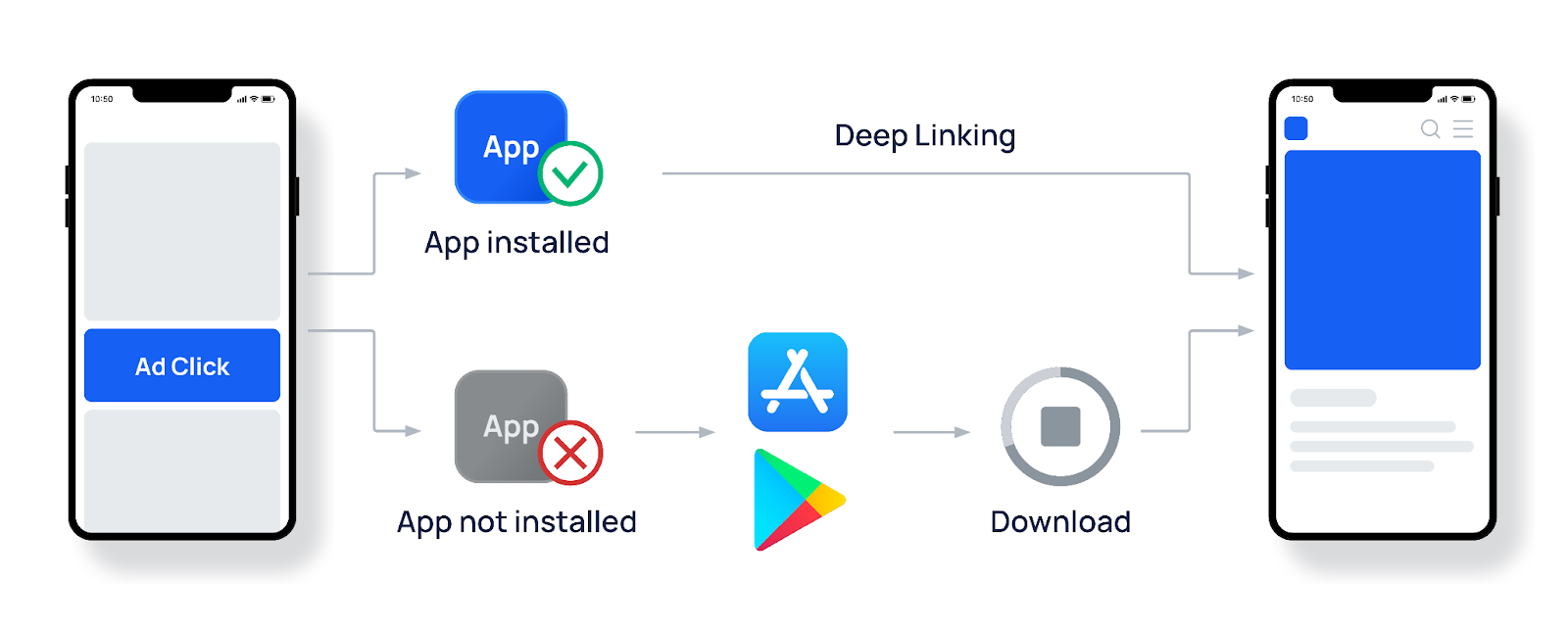Alright folks, let me tell you something right off the bat. Deep hot link is not just some fancy buzzword in the SEO world—it’s a game-changer. You’ve probably heard about it, maybe even dabbled in it, but do you really know what it is and how it can supercharge your website’s visibility? Let’s dive right in. This is gonna be a wild ride, but trust me, by the end of it, you’ll have a solid understanding of deep hot linking and why it matters so much in today’s competitive digital landscape.
In this digital age, SEO isn’t just about keywords anymore. It’s about strategy, optimization, and leveraging every single tool at your disposal. And guess what? Deep hot linking is one of those tools. Whether you’re a small business owner trying to rank higher or a seasoned SEO expert looking to refine your strategies, understanding deep hot links is crucial. This guide will walk you through everything you need to know, step by step.
Now, if you’re here, chances are you’ve already got some basics down. But let’s face it, the SEO game is constantly evolving. What worked yesterday might not cut it today. That’s why we’re here—to give you the ultimate lowdown on deep hot links and how you can use them to your advantage. So, buckle up, grab your favorite drink, and let’s get started.
Read also:Lauren Boebert Vs Tim Walz The Detroit Quote Controversy Unveiled
What Exactly is Deep Hot Linking?
Let’s break it down real quick. A deep hot link is essentially a hyperlink that points directly to a specific page or piece of content within a website, rather than the homepage. Think of it like this—if your website is a big mansion, the homepage is the front door. But deep hot links take visitors straight to the living room, kitchen, or even the secret study upstairs. They skip the intro and go straight to the good stuff.
Why does this matter? Well, it’s all about relevance. When someone clicks on a deep hot link, they’re taken directly to the content they’re looking for. This improves user experience, which, as we all know, is a huge ranking factor for Google. Plus, it helps distribute link equity more effectively across your site, boosting the visibility of your inner pages.
How Deep Hot Links Differ from Regular Links
Now, you might be wondering, “What’s the big deal? Aren’t all links basically the same?” Not quite. Regular links typically point to the homepage or main sections of a website. They’re like general invitations to explore. Deep hot links, on the other hand, are more targeted. They’re like personal invites to a specific event or location.
Here’s a quick comparison:
- Regular Link: www.example.com
- Deep Hot Link: www.example.com/blog/ultimate-guide-to-seo
See the difference? The deep hot link takes you exactly where you need to go, no detours. And that’s what makes it so powerful.
Why Deep Hot Links Are a Must-Have for SEO
Listen up, because this is important. Deep hot links aren’t just nice to have—they’re essential. In the world of SEO, every little advantage counts. And deep hot links offer several key benefits that can give your site a serious boost.
Read also:Unveiling The Truth About Vegamovies A Comprehensive Guide
1. Improved User Experience
User experience, or UX, is one of the biggest factors in Google’s ranking algorithm. When visitors land on your site through a deep hot link, they’re immediately taken to the content they’re interested in. No more hunting around, no more frustration. It’s a win-win for both you and your audience.
2. Enhanced Link Equity Distribution
Link equity, or link juice, is the value that gets passed from one page to another through links. By using deep hot links, you can distribute this equity more effectively across your site. This helps your inner pages rank better and improves your overall site authority.
3. Increased Conversion Rates
When visitors find exactly what they’re looking for, they’re more likely to take action—whether that’s making a purchase, signing up for a newsletter, or filling out a form. Deep hot links help guide them straight to the conversion point, increasing your chances of success.
How to Implement Deep Hot Links Effectively
Okay, so now you know why deep hot links are important. But how do you actually use them? Let’s break it down into manageable steps.
Step 1: Identify Key Pages
First things first, you need to figure out which pages on your site are most valuable. These could be product pages, blog posts, landing pages, or any other content that drives traffic or conversions. Make a list of these pages and prioritize them based on importance.
Step 2: Create High-Quality Content
Content is king, folks. If you want people to link to your pages, they need to be worth linking to. Focus on creating high-quality, informative, and engaging content that addresses the needs of your target audience. Use keywords strategically, but don’t overdo it. Remember, it’s all about providing value.
Step 3: Build Relationships
Link building is a relationship game. Reach out to other websites, influencers, and industry leaders in your niche. Offer them value—whether it’s guest posts, exclusive content, or collaboration opportunities—and they’ll be more likely to link back to your site.
Common Mistakes to Avoid
Like any SEO technique, deep hot linking can go wrong if not done properly. Here are a few common mistakes to watch out for:
- Overusing Keywords: Don’t stuff your anchor text with keywords. It looks spammy and can get you penalized by Google.
- Ignoring Context: Links should always make sense in the context of the surrounding content. Don’t just drop them in randomly.
- Forgetting About User Intent: Always consider what your audience is looking for. Make sure your links are relevant and useful.
Best Practices for Deep Hot Linking
Now that you know what not to do, let’s talk about what you should do. Here are some best practices for implementing deep hot links effectively:
1. Use Descriptive Anchor Text
Your anchor text should clearly describe the content it’s linking to. Avoid generic phrases like “click here” or “read more.” Instead, use descriptive text that gives users an idea of what to expect.
2. Focus on Relevance
Make sure your links are relevant to the content they’re placed in. This improves both user experience and search engine rankings.
3. Monitor Your Links
Regularly check your backlinks to ensure they’re still active and relevant. Remove any broken or spammy links that could harm your site’s reputation.
Tools and Resources for Deep Hot Linking
There are several tools and resources available to help you with deep hot linking. Here are a few of my favorites:
- Ahrefs: A powerful tool for analyzing backlinks and identifying opportunities for deep hot linking.
- SEMrush: Another great tool for link analysis and keyword research.
- Google Search Console: Free and essential for monitoring your site’s performance and identifying issues.
Case Studies: Real-World Examples of Deep Hot Linking Success
Talking about deep hot linking is one thing, but seeing it in action is another. Let’s look at a few real-world examples of how businesses have successfully used deep hot linking to improve their SEO.
Example 1: A Small E-Commerce Site
A small e-commerce site specializing in handmade jewelry used deep hot links to drive traffic to its product pages. By collaborating with bloggers and influencers in the fashion niche, they were able to secure high-quality backlinks that boosted their rankings and sales.
Example 2: A Tech Blog
A tech blog focused on software reviews used deep hot links to direct readers to specific articles. By creating comprehensive guides and linking to them from external sites, they increased their organic traffic by over 50% in just six months.
Conclusion: Take Action Today
Deep hot linking is a powerful SEO technique that can take your site to the next level. By understanding its benefits and implementing it effectively, you can improve your rankings, drive more traffic, and boost your conversions. So, what are you waiting for? Start exploring the possibilities of deep hot linking today and watch your site soar.
And remember, folks, the digital world is constantly changing. Stay informed, stay ahead, and don’t be afraid to experiment. If you’ve got questions or want to share your own experiences with deep hot linking, drop a comment below. Let’s keep the conversation going!
Table of Contents
- What Exactly is Deep Hot Linking?
- How Deep Hot Links Differ from Regular Links
- Why Deep Hot Links Are a Must-Have for SEO
- How to Implement Deep Hot Links Effectively
- Common Mistakes to Avoid
- Best Practices for Deep Hot Linking
- Tools and Resources for Deep Hot Linking
- Case Studies: Real-World Examples of Deep Hot Linking Success
- Conclusion: Take Action Today


